Kara Walker in Basel: 600 shades of inequality
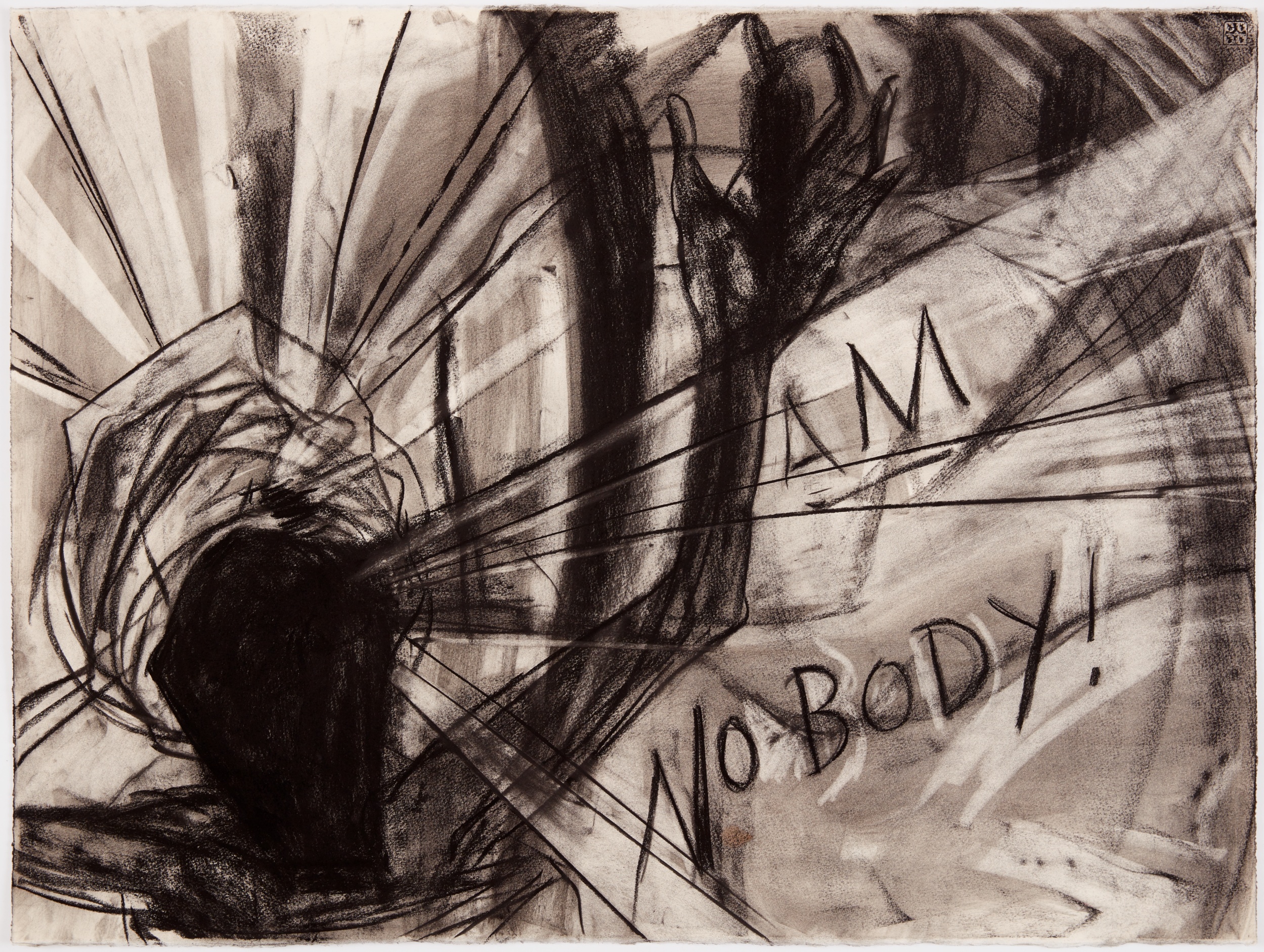
The Kara Walker show at Kunstmuseum Basel is the first time the artist has revealed her personal drawing archive in an exhibition of more than 600 works and pieces that illustrate painful truths about the psychological effects of inequality.
American artist Kara Walker is best known for installations made from silhouettes cut in black paper that conjure grotesque and marvellous imagery of African Americans and their slave masters. For decades she has unstintingly faced the ongoing legacy of her country’s years of slavery.
SWI swissinfo.ch talked to the exhibition’s curator, Anita Haldemann, on how the Basel Art Museum (Kunstmuseum Basel) has been tackling the issues of diversity and representation.

SWI swissinfo.ch: The Kara Walker exhibition is intensely personal. How did you convince Walker to reveal so much of her previously unseen drawings?
Anita Haldemann: It was a conversation we had when she came here. It was important that she got to know our collection and the tradition we have as such an old museum, especially in the Kupferstichkabinett (department of prints and drawings) – we concentrate on keeping even the smallest piece of paper. It’s a cultural archive. This made her think of her own archives.
We offered a platform for her art in a serious way and that encouraged her to open up. My predecessors in Basel organised big exhibitions with artists like Beuys or Rosemarie TrockelExternal link, where we showed 300 or 400 pieces, to really give an insight into the mind of an artist and how he or she develops their ideas.
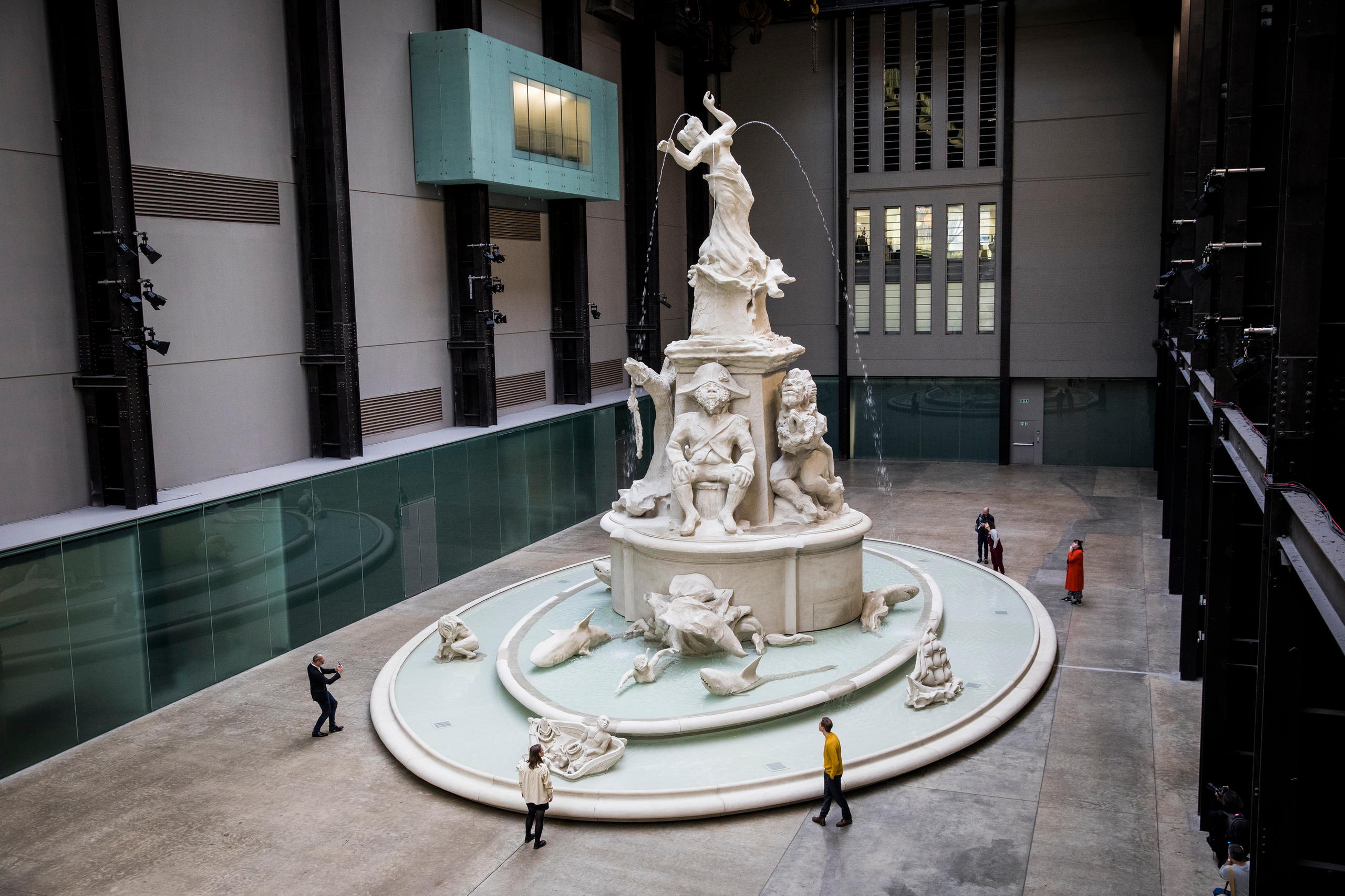
Kara Walker was going to turn 50 when we started talking, a moment for her to look back on her life. After visiting Basel she just started to go back to drawing intensely again, working on a small-scale, intimate format to counter-balance the production of major works, such as Fons Americanus for the Tate Modern.
SWI: Why is this exhibition taking place now?
A.H: I was interested in her work ten years ago, but then we didn’t have the new building and the infrastructure for her art. And the timing is right. Now she’s part of a development in our exhibitions. We’ve shown Sam GilliamExternal link and Theaster Gates. We have started to go into a more diverse kind of American art, not just the white male.
SWI: In your catalogue essay you write that ‘drawing has been used particularly intensively by artists who are concerned with questions of identity and power relations’. Why is that?
A.H: Because it’s the medium where you can develop ideas or try out ideas. In a drawing you can do anything. Usually a drawing is part of a sequence or rather a process, where you see the artist thinking and you see ideas coming to life. That’s what Kara said to herself, that each piece of paper is a site of reflection.
SWI: Kara Walker exercises critique of the presentation of Black artists and expectations of how they should behave in a museum context. In one drawing, for example, she writes ‘Tate liverpool [sic] is pleased to announce 10 ways to annoy a negress’. What she calls the ‘white art world’ is part of the artist’s investigation. How have you been challenged realising this exhibition?

A.H: We really wanted her to feel comfortable in how she was represented since she doesn’t like to be exposed. We tried to give her space in which she could work, in privacy. Like with all artists, we showed her all the texts and the selection of images [used to mediate the exhibition]. But we had interesting discussions such as on the use of Black vs. African American. She felt she was being taken seriously and that we cared about how we dealt with her art.
SWI: There’s a danger that Swiss audiences come to Kara Walker’s exhibition with a feeling of disassociation. Several works in the show include German media clippings. There’s also a drawing of an emaciated girl with the text ‘wenigger and wenniger’ [wordplay with ‘weniger’, German for ‘less’, and ‘nigger’] which is very powerful when you’re not expecting to find that German resonance. Did you discuss the Basel context with Walker?
M.H: We did, because I was afraid that people would think ‘Oh that’s an American topic, that’s interesting but it does not concern us’. I was really glad to see those German pieces in her archive. I think it was interesting for her to come back to a German context but not in Germany.
She has also said she had doubts whether everyone would engage with the topic. But the last year’s Black Lives Matter protests and recent events such as the commemoration of the story of TulsaExternal link were very present in the media, and the Swiss audience is more up to date than before the pandemic. It’s not just about slavery and history but about today and how we deal with a one-sided history.
At the same time, we didn’t want it to be a totally didactic exhibition. We could have displayed the history of the United States, the Civil War and the Civil Rights Movement, and to do that you’d have to explain so much. We’ve tried to focus on giving tours and workshops so anyone who wants to know can get the information.
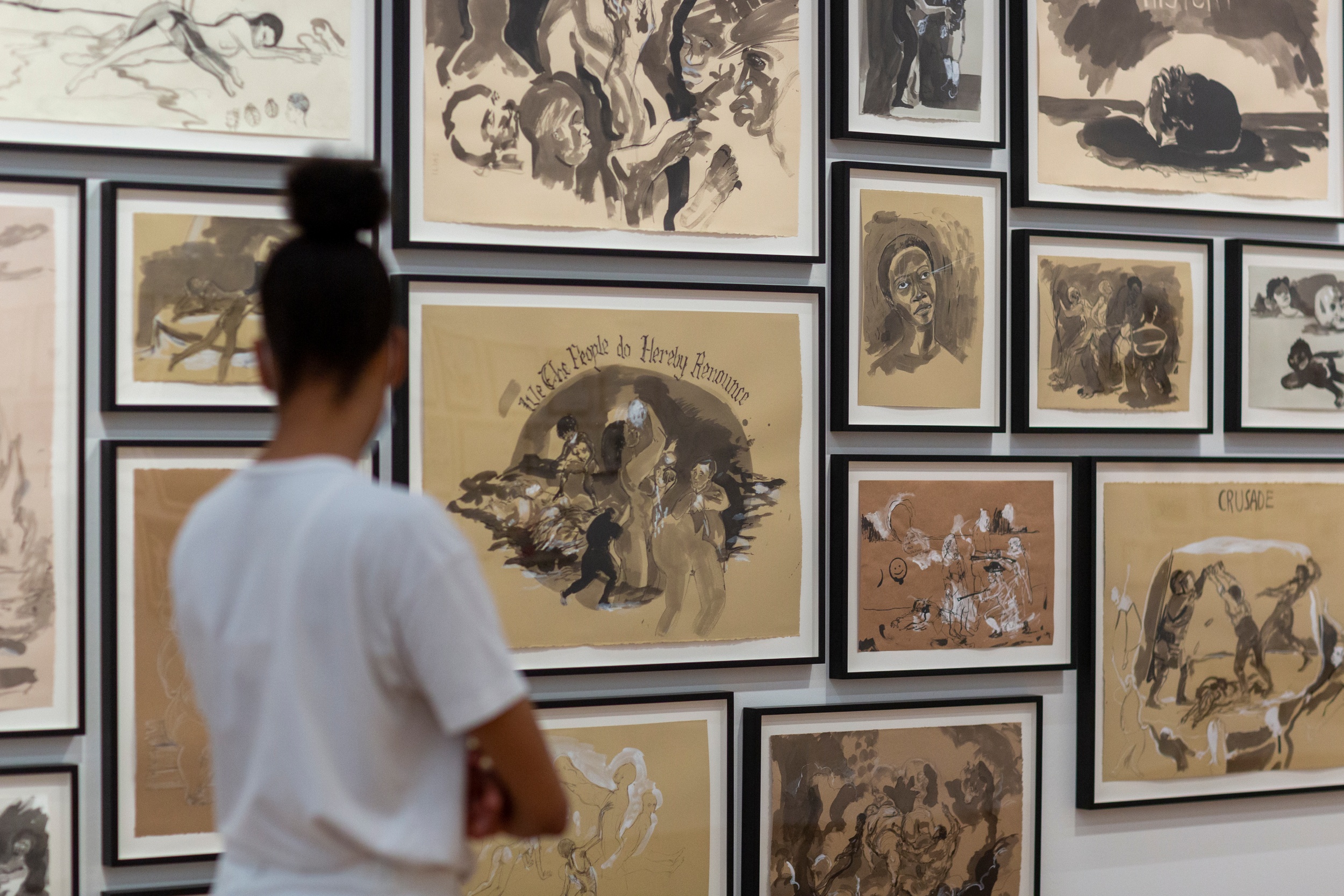
SWI: A recent WOZ newspaperExternal link review criticised the exhibition framing and mediation, and how the construction of race, for example, was not discussed. Where did you start the work of mediation?
M.H: We worked, for instance, with students from the ZHdK [Zurich University of the Arts] in the area of mediation and they lead special tours and workshops dealing with this issue. But it’s a challenge; I’m sure not all Swiss people are familiar with American history. Kara Walker herself says you don’t always need to really study everything in detail before understanding a drawing.
SWI: Kara Walker‘s work generally shows an individual’s standpoint. The tension between the individual and larger structures is compelling. What role can a museum play in addressing questions such as racism or inequality?
M.H: We bring it up in our exhibitions, but this really started a process of reflection. Last year, before the opening was initially scheduled, we had an anti-racism workshop for the museum team. It was important to start the discussion within the museum. We are also participating in a programme from the canton Basel-City with the Literaturhaus and other institutions, in which we discuss diversifying our activities inside and outside.
Diversifying is not just about racism, we have tried to include other perspectives, for example I showed artists like Leiko IkemuraExternal link, who’s a Japanese-Swiss artist, or Rozà El-HassanExternal link, a Hungarian-Syrian artist who has both a Muslim and Christian background. We try to diversify in different areas; we have a whole department, a curator [Daniel Kurjakovic] of programming and education, with activities that go in several different directions.
SWI: This year the Kunstmuseum Basel is leading the way with female artists on a par with their male counterparts. Is this going to continue in the coming years?
A.H.: Yes, absolutely. It’s been a strategy for a while that we have intensified in the last five years. We have a strong focus on women not only in exhibitions, but in the collection as well. That’s even more important long-term.
SWI: Traditional museums face immense challenges to re-examine their collections in relation to their gender imbalance. Has the Kunstmuseum Basel’s acquisition policy evolved in recent years?
A.H: It definitely has. Especially in contemporary art, where it’s easier; there’s no excuse not to find good women artists. We’ve made it possible to buy works by Kara Walker, but we’re also trying to look back and to include more women in some areas at least. We have started to acquire Sari DienesExternal link, or Shirley Jaffe External linkwho has been rediscovered and is to have an important retrospective exhibition soon. For some artists, like Lee KrasnerExternal link or Helen Frankenthaler,External link it’s really difficult – the prices are so high it’s hard to collect backwards. But there are still interesting positions that we try to focus on.
SWI: Are there quotas in the acquisition policy?
A.H: There are no specific defined quotas since there are other criteria in addition to gender, such as diversity in a geographical or cultural sense. We want to engage deeply with this perspective, and that process will have a more lasting effect than simply following numbers.

In compliance with the JTI standards
More: SWI swissinfo.ch certified by the Journalism Trust Initiative













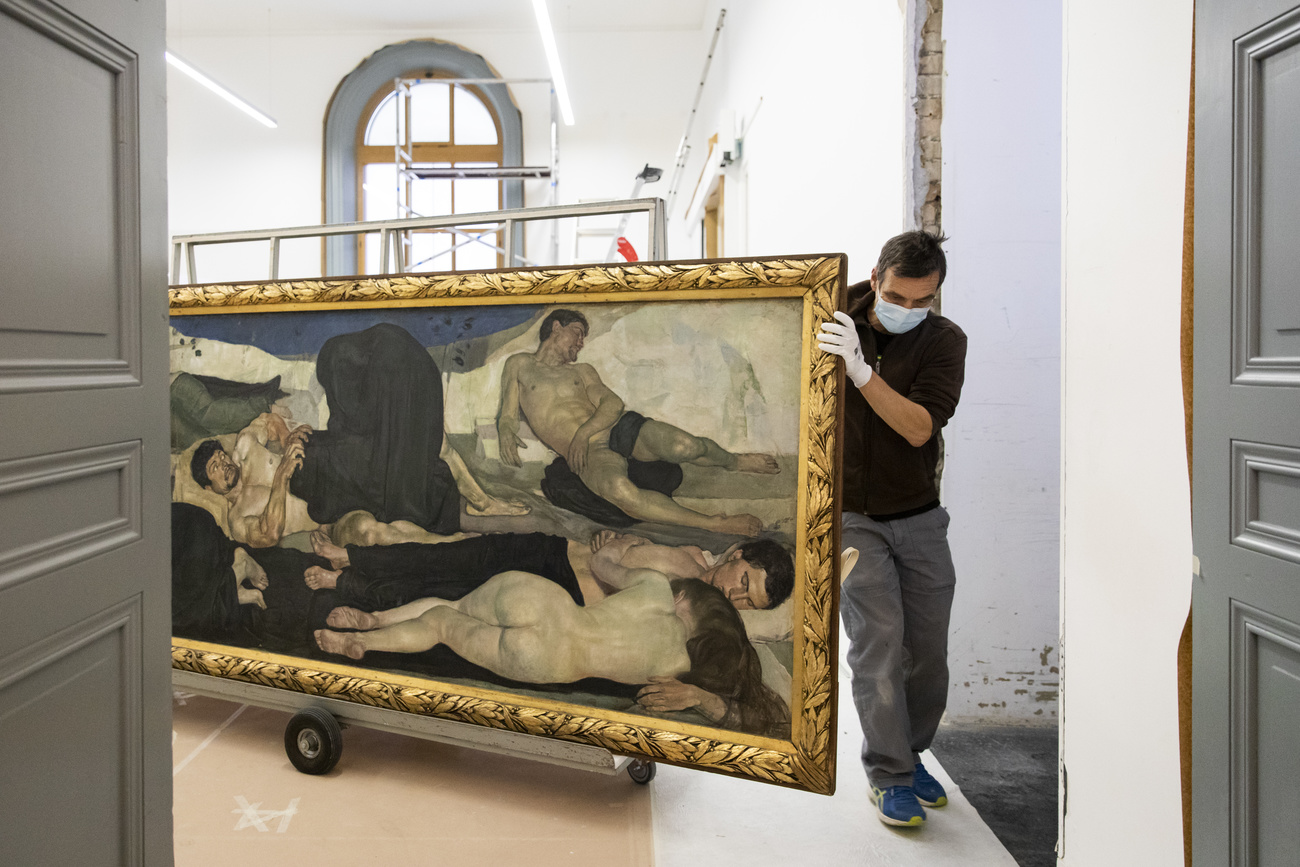
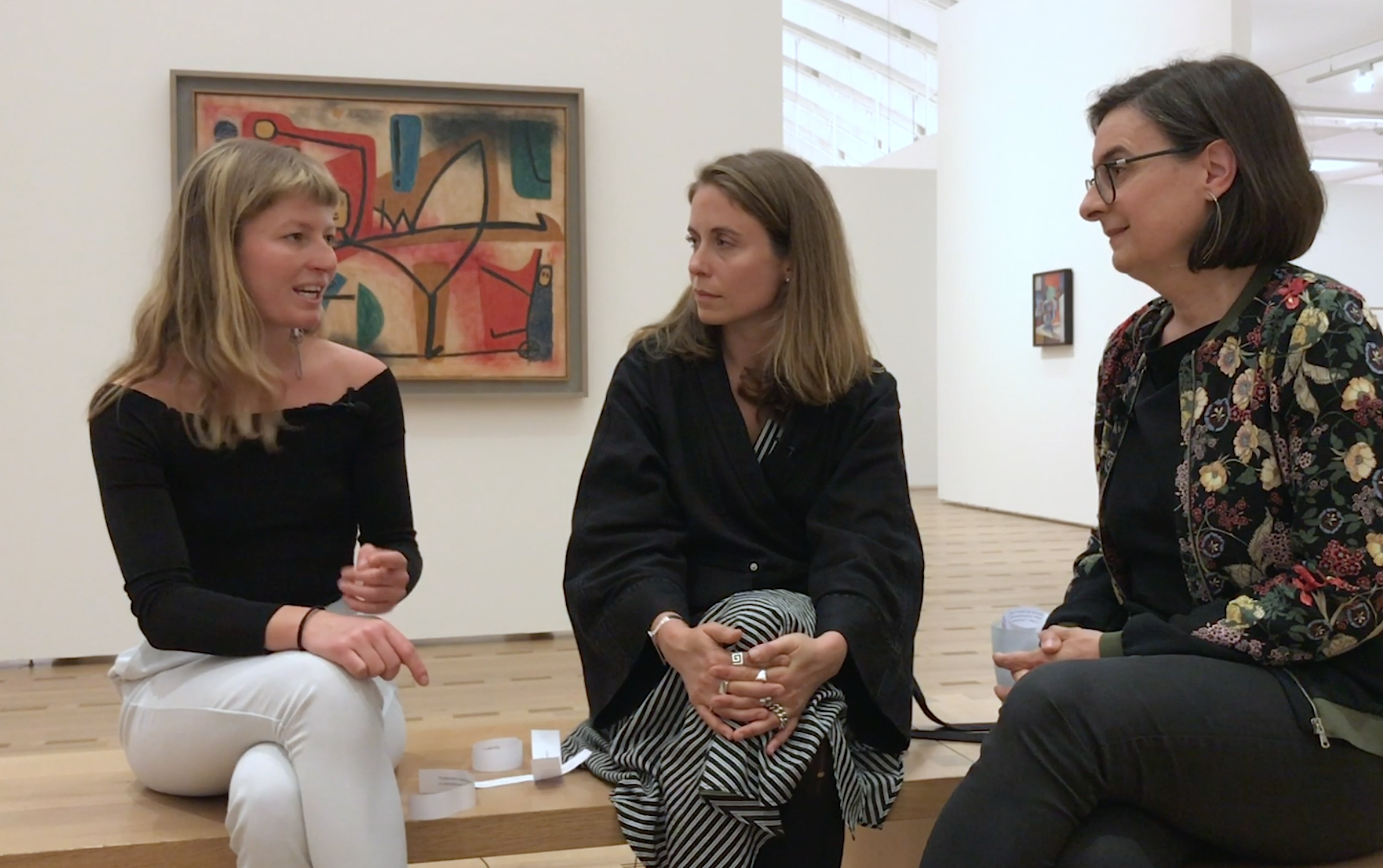
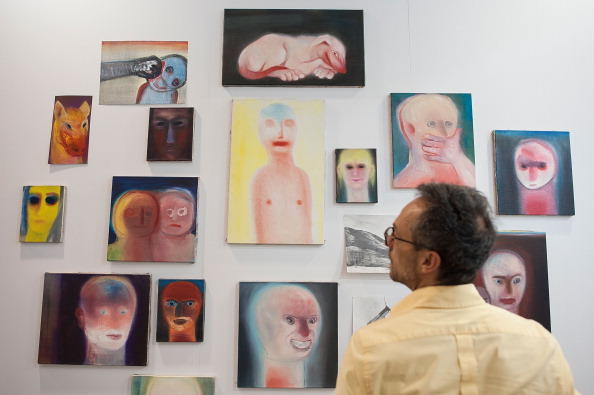
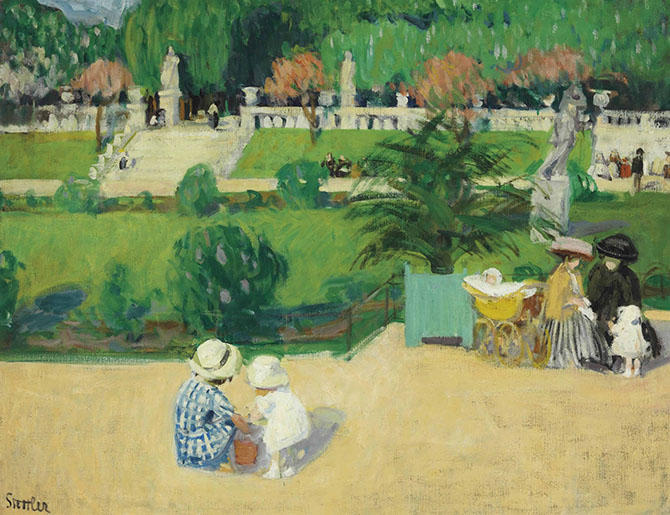
You can find an overview of ongoing debates with our journalists here . Please join us!
If you want to start a conversation about a topic raised in this article or want to report factual errors, email us at english@swissinfo.ch.